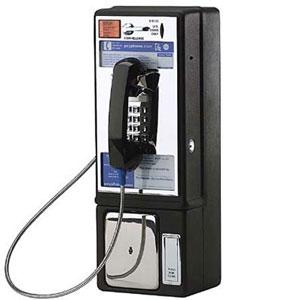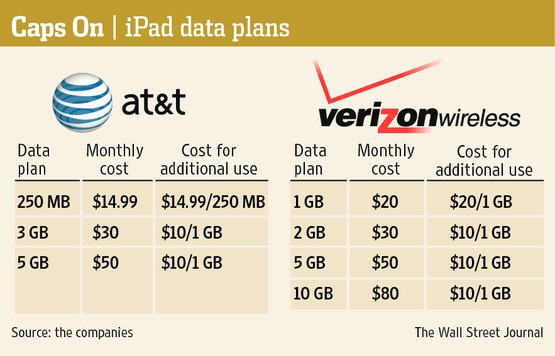 Sprint, perennially America’s #3 wireless phone company, faces some of its biggest challenges not from super-sized Verizon Wireless or AT&T, but from Wall Street over the company’s upgrade investments and environmental policies.
Sprint, perennially America’s #3 wireless phone company, faces some of its biggest challenges not from super-sized Verizon Wireless or AT&T, but from Wall Street over the company’s upgrade investments and environmental policies.
“I still get crucified for deciding to carry the Apple iPhone because the investment is significant and the payoffs are long term,” CEO Dan Hesse told attendees at a conference sponsored by Fortune magazine. “I deal with that quite a bit.”
Hesse’s vision of an upgraded 4G LTE network for Sprint Nextel comes at a cost: technology upgrades and investing profits back into the business. Hesse also wants to be sure the company maintains environmental sustainability, with attention to everything from renewable energy sources to socially-responsible recycling of retired cell phones.
In response, Wall Street has been demanding Hesse’s hide. One investment firm even predicted the imminent demise of the wireless phone company.
The iPhone, the smartphone wireless carriers cannot afford to be without (just ask T-Mobile, which continues to bleed contract customers), has posed a major financial challenge for Sprint Nextel. Apple’s wildly popular phone commands a high wholesale price and purchasing commitments that make investors’ eyes bleed.
In October, Sprint committed to purchase 30.5 million iPhones from Apple for $20 billion. That threatens to drain cash on-hand to cover the huge subsidies new iPhone buyers get on their phone purchase. The company will gradually earn that subsidy back over the length of the traditional two year service contract, but many on Wall Street are upset Sprint committed to an order of that size. One Wall Street firm — Sanford C. Bernstein — downgraded the company’s stock to “underperform,” and one analyst at the company — Craig Moffett — even predicted Sprint’s bankruptcy.
Sprint’s plan to spend up to $5 billion on its forthcoming LTE 4G network won Hesse no favors in New York’s financial district either. Sprint’s Network Vision plan will allow the company to keep up with AT&T and Verizon’s aggressive 4G rollouts, but after chief financial officer Joe Euteneuer laid out the associated financial plan to pay for it, calls for Hesse’s head resumed.
“There is a disconnect with Wall Street because if you’re building a brand, it does take a long time,” he said. “It’s hard to quantify.”
Wall Street doesn’t think much about investing in environmental initiatives either. Hesse believes corporate environmental responsibility will pay off over the long term, ultimately reducing some of the company’s expenses. But spending money short term to save money long term leaves investors cold.
“A lot of these environmental investments don’t hit that payoff period,” Hesse said. “The Street likes the expense savings, but the environmental benefits go right over their heads.”
[flv]http://www.phillipdampier.com/video/CNBC Faber Report Sprint Beats Expectations 4-25-12.flv[/flv]
CEO Dan Hesse may win a temporary reprieve as Sprint released better-than-expected results today for the latest quarter. Average revenue per user grew 6.9% and Sprint is hanging on to many of its former Nextel customers as the company decommissions that network, reports CNBC’s David Faber. (2 minutes)


 Subscribe
Subscribe









